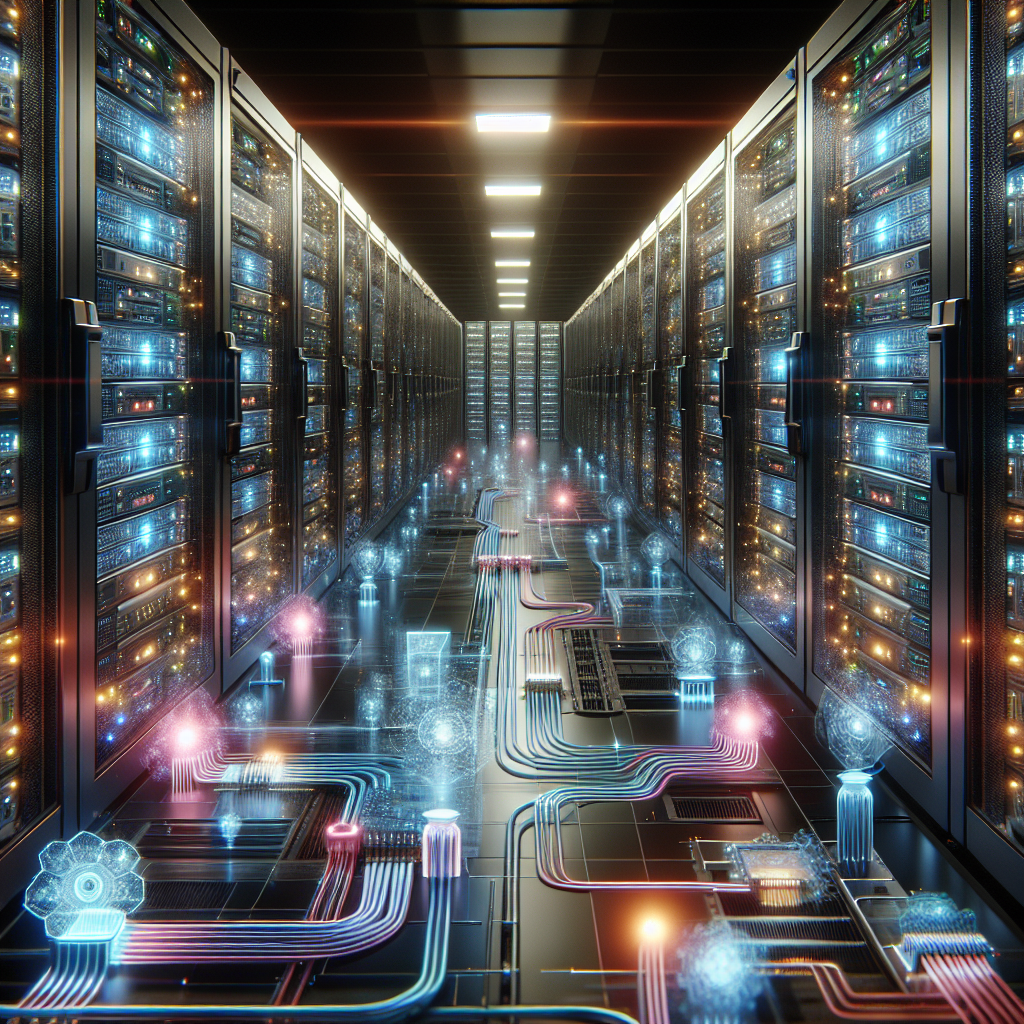Data centers are the backbone of the modern digital economy, serving as the nerve center for storing, processing, and transmitting vast amounts of data. As the demand for data continues to grow exponentially, the evolution of data center electrical systems has become crucial in ensuring efficiency, reliability, and sustainability.
Over the years, data center electrical systems have undergone significant advancements to meet the growing demands of data processing and storage. From the early days of basic power distribution systems to today’s advanced technologies, data center electrical systems have come a long way in terms of efficiency and reliability.
One of the key trends in the evolution of data center electrical systems is the move towards more energy-efficient designs. With the ever-increasing power consumption of data centers, energy efficiency has become a top priority for data center operators. Technologies such as power distribution units (PDUs) with intelligent monitoring capabilities, energy-efficient UPS systems, and advanced cooling solutions have been developed to reduce energy consumption and lower operational costs.
Another trend in data center electrical systems is the adoption of renewable energy sources. As the world becomes more conscious of the environmental impact of data centers, many operators are turning to renewable energy sources such as solar and wind power to power their facilities. Integrating renewable energy sources into data center electrical systems not only helps reduce carbon emissions but also provides a more sustainable and reliable source of power.
In addition to energy efficiency and sustainability, data center electrical systems are also evolving to meet the increasing demand for high reliability and availability. Technologies such as redundant power supplies, automatic transfer switches, and uninterruptible power supply (UPS) systems are being deployed to ensure continuous power supply and minimize the risk of downtime.
Furthermore, the rise of edge computing and the Internet of Things (IoT) has also had a significant impact on data center electrical systems. With the proliferation of connected devices and the need for real-time data processing, data centers are being pushed to the edge of the network, closer to where data is being generated. This has led to the development of micro data centers that require innovative electrical systems to support their unique requirements.
Overall, the evolution of data center electrical systems is driven by the need for increased efficiency, reliability, and sustainability. As data centers continue to play a critical role in the digital economy, it is essential for operators to stay ahead of the curve by adopting the latest trends and technologies in electrical systems to meet the ever-growing demands of data processing and storage. By embracing these advancements, data center operators can ensure that their facilities remain at the forefront of innovation and continue to support the digital transformation of businesses and industries around the world.


Leave a Reply